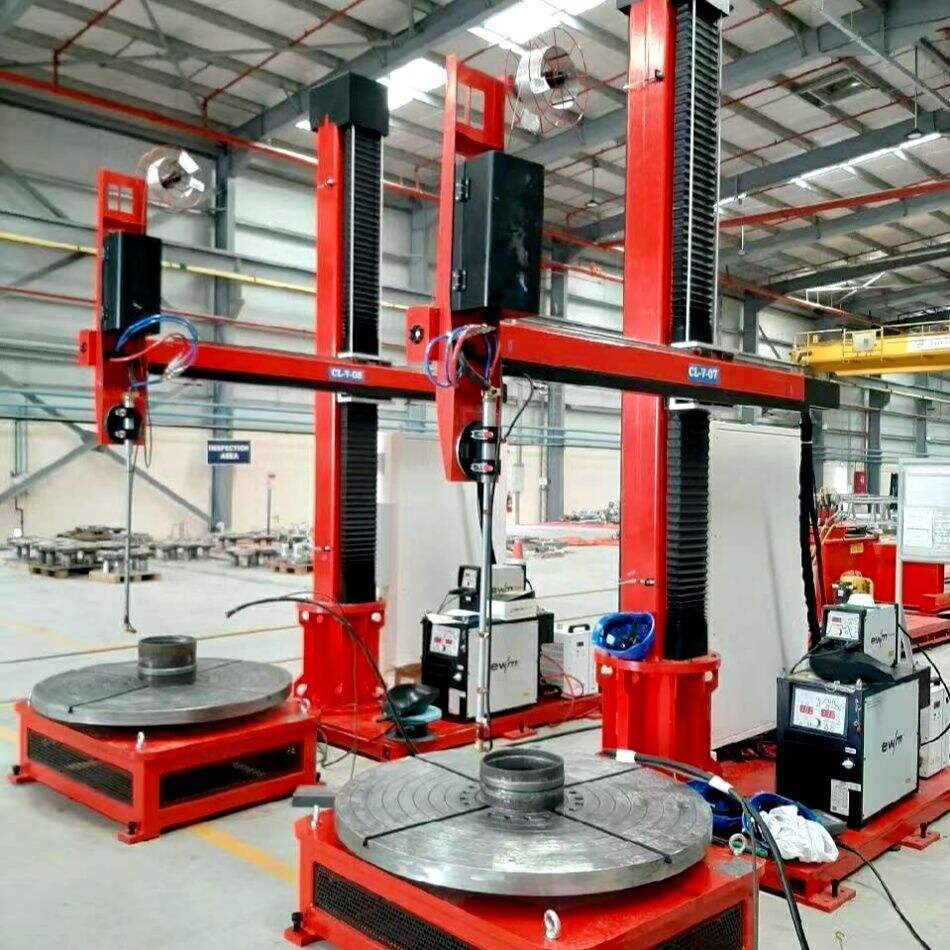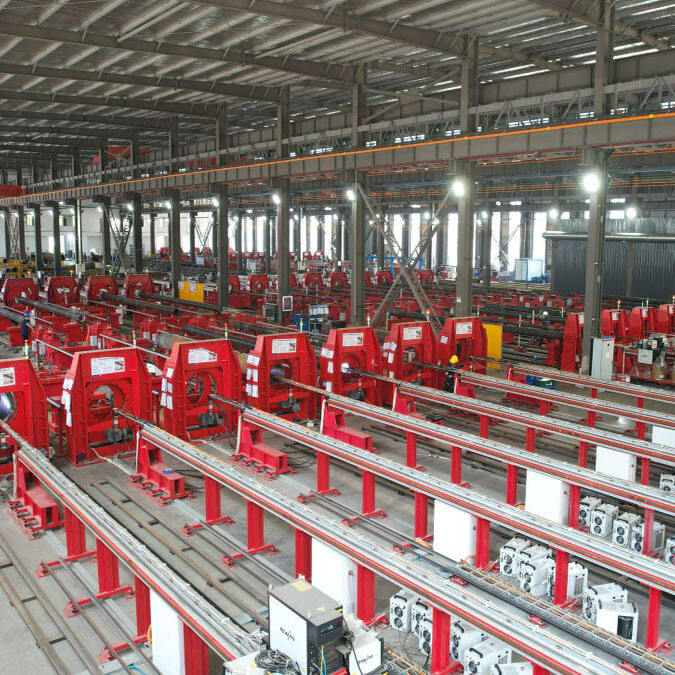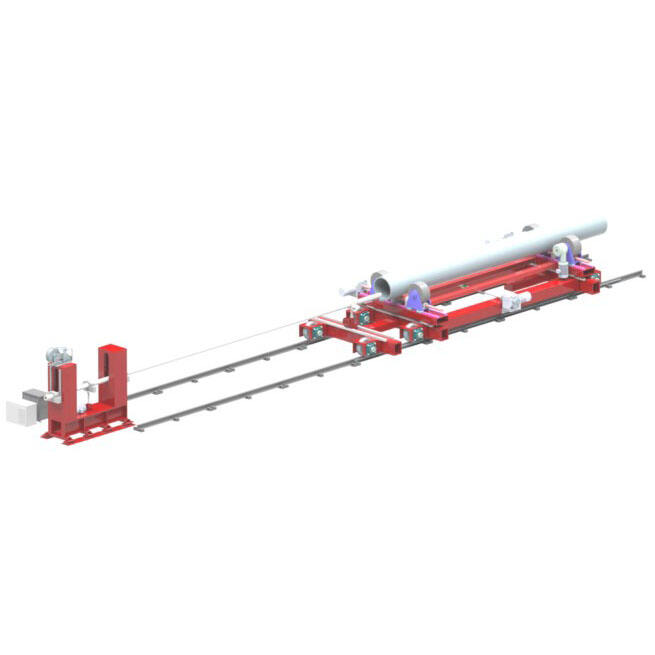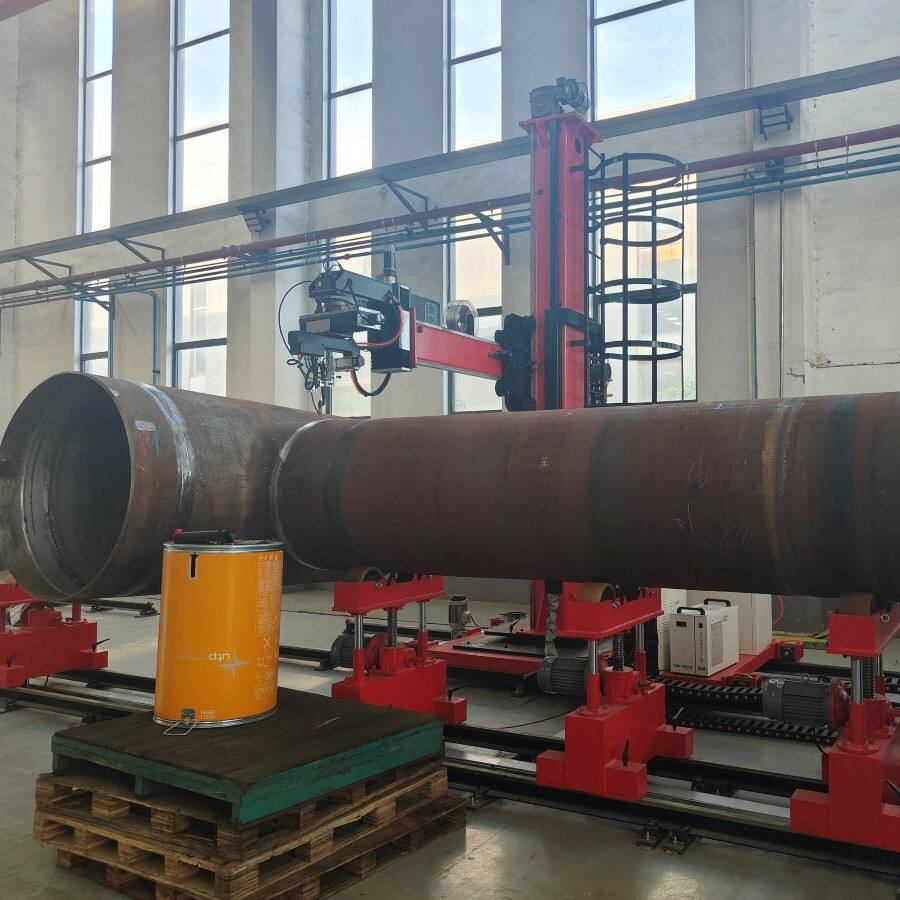سیستم پوشش لوله تیگ عمودی
سیستم پوشش لوله TIG عمودی یک راهحل نوین در فناوری جوشکاری صنعتی مدرن است که به طور خاص برای کاربردهای جوشکاری پوششی با دقت طراحی شده است. این سیستم پیشرفته از اصول جوشکاری گاز隋 تونگستن (TIG) در جهت عمودی استفاده میکند و کنترل و هماهنگی بیشتری در عملیات پوشش لوله ارائه میدهد. سیستم از مکانیسمهای جوشکاری خودکار استفاده میکند که کنترل دقیق قوس، نرخ تغذیه سیم و موقعیت تورچ را تضمین میکند و ضخامت نهایی یکنواخت و نرخ تenerژی کمینه را تأمین میکند. با فعالیت در وضعیت عمودی، این سیستم جریان مواد و نفوذ بهینه را امکانپذیر میسازد، بهویژه زمانی که با مواد آلیاژ بالا و پوششهای مقاوم به خوردگی کار میکنیم. این فناوری شامل سیستمهای کنترل پیشرفته است که پارامترهای جوشکاری را بهصورت زنده نظارت و تنظیم میکنند و کیفیت ثابت را در تمامی قطعه کار تأمین میکنند. کاربردهای آن در صنایع مختلفی مانند نفت و گاز، پردازش شیمیایی و تولید انرژی گسترده است، جایی که سلیمت لوله و مقاومت علیه خوردگی حیاتی است. این سیستم در اعمال لایههای محافظ از مواد تخصصی مانند اینکونل، فولاد ضد خوردگی و سایر آلیاژهای عملکرد بالا بر روی زیربنای لوله فولاد کربنی برتری دارد. این چندوجهیپذیری آن را به یک ابزار ضروری برای تولید و نگهداری اجزای خط لوله کритیک که تحت شرایط شدید عمل میکنند، تبدیل میکند.

 EN
EN
 AR
AR BG
BG HR
HR CS
CS DA
DA NL
NL FI
FI FR
FR DE
DE EL
EL HI
HI IT
IT JA
JA KO
KO NO
NO PL
PL PT
PT RO
RO RU
RU ES
ES SV
SV TL
TL IW
IW ID
ID LT
LT UK
UK SQ
SQ HU
HU TH
TH TR
TR FA
FA AF
AF CY
CY MK
MK LA
LA MN
MN KK
KK UZ
UZ KY
KY








